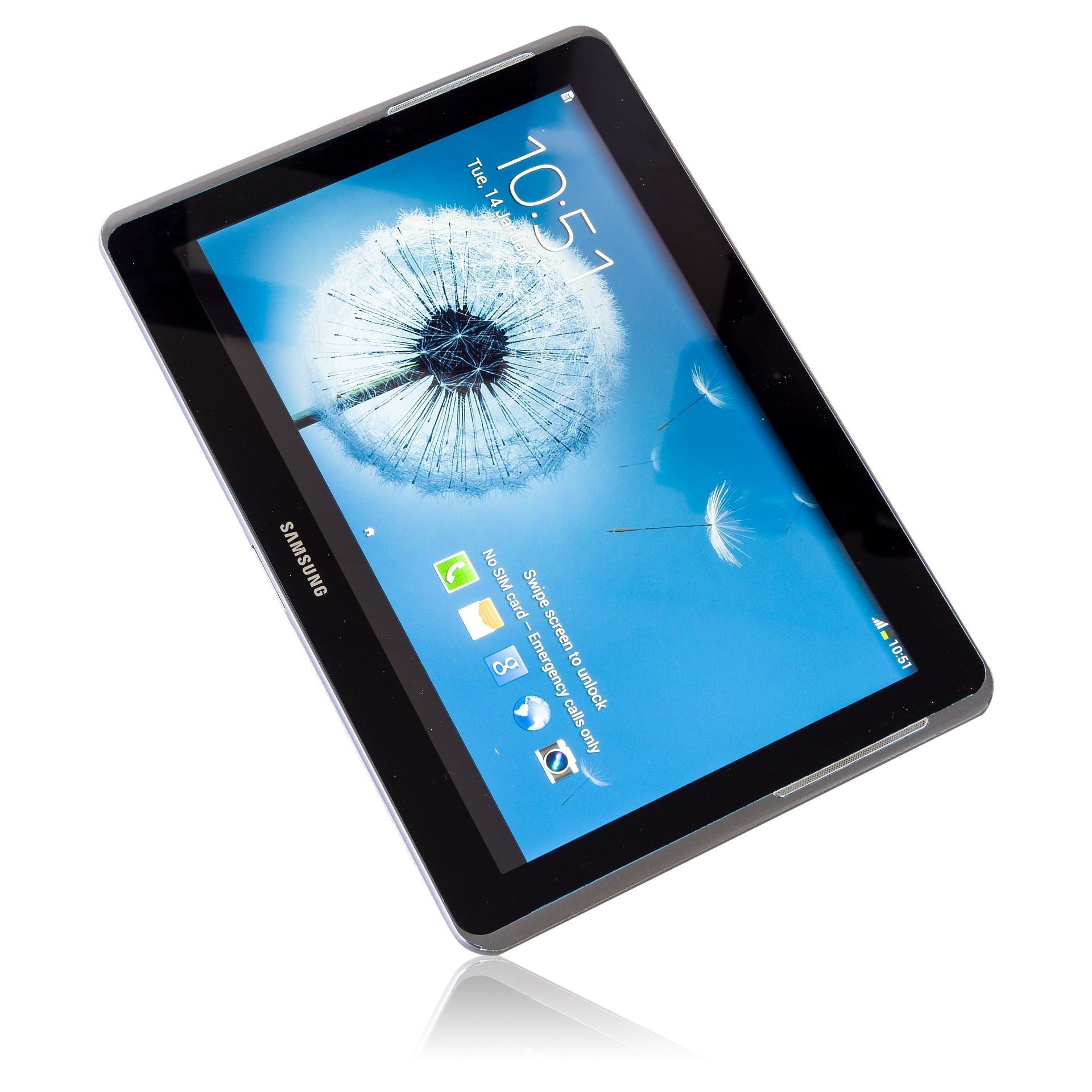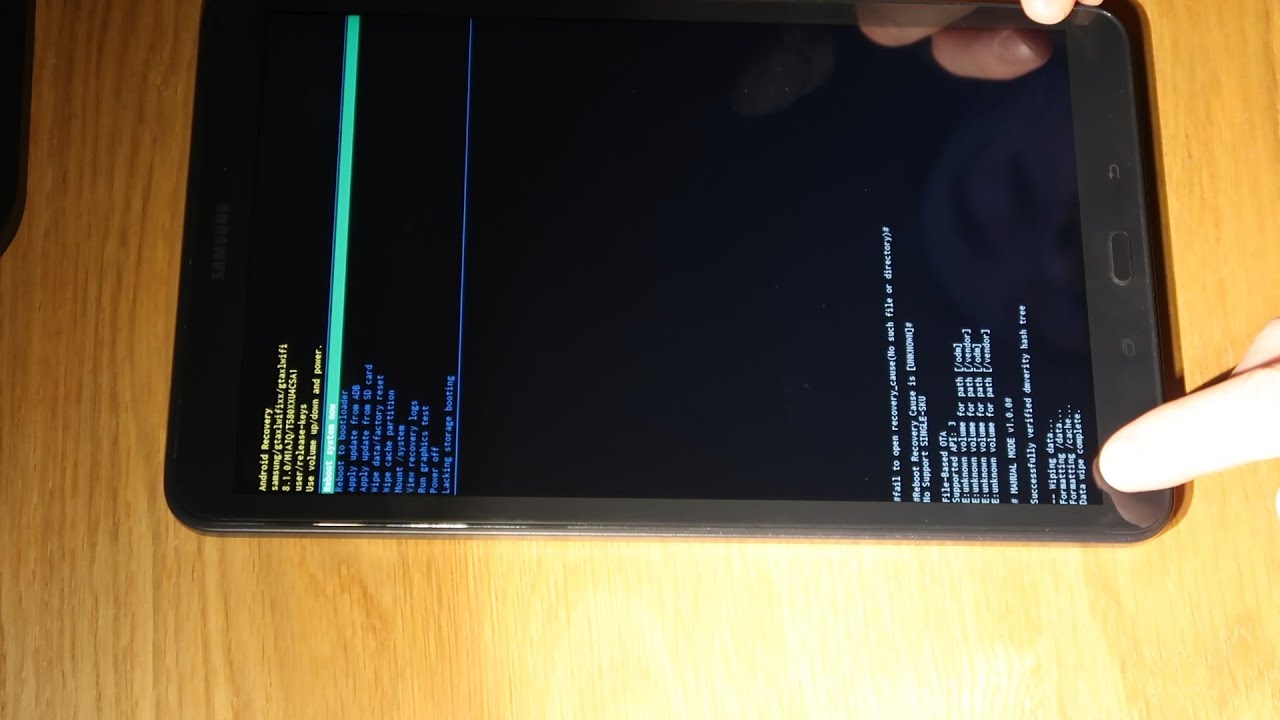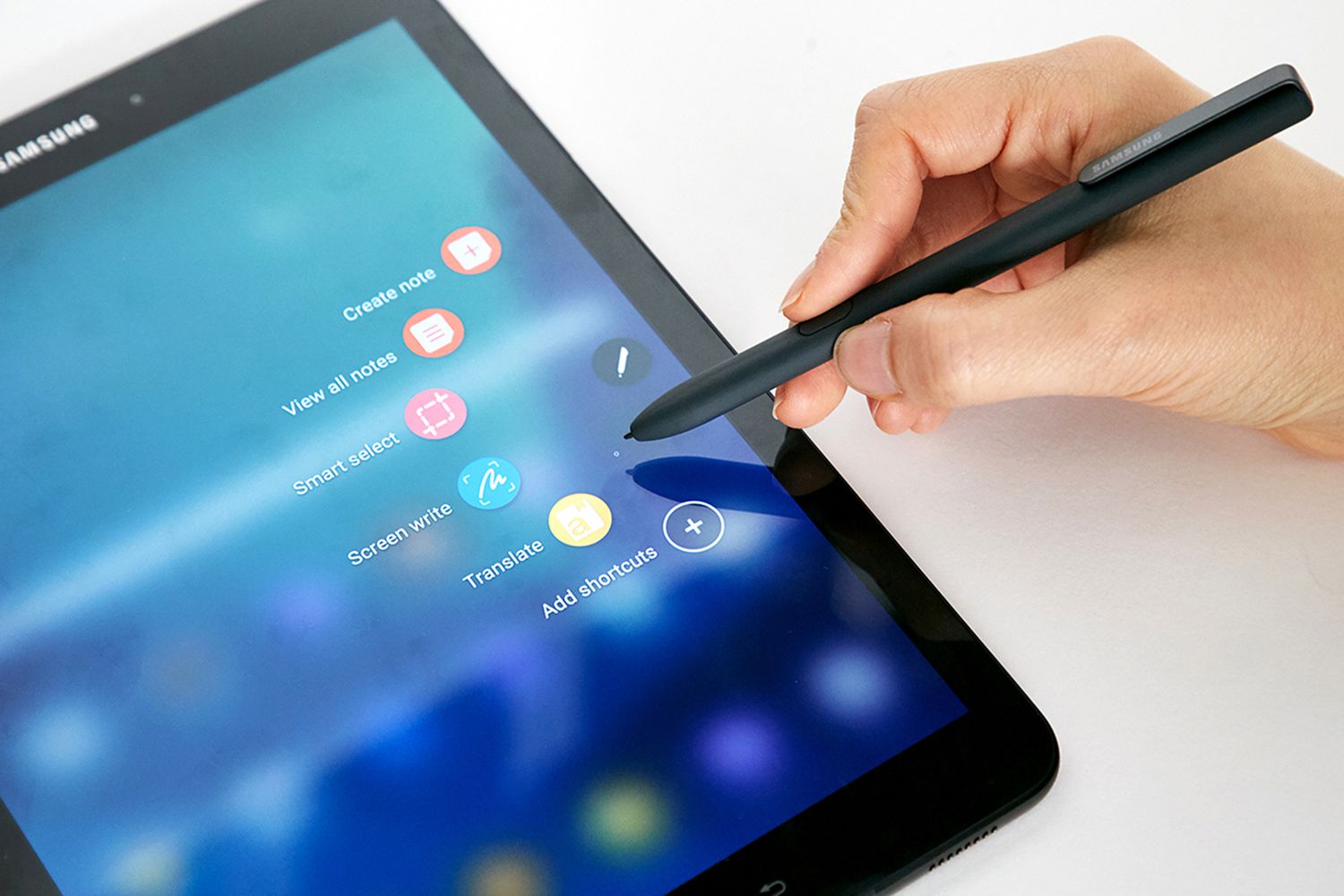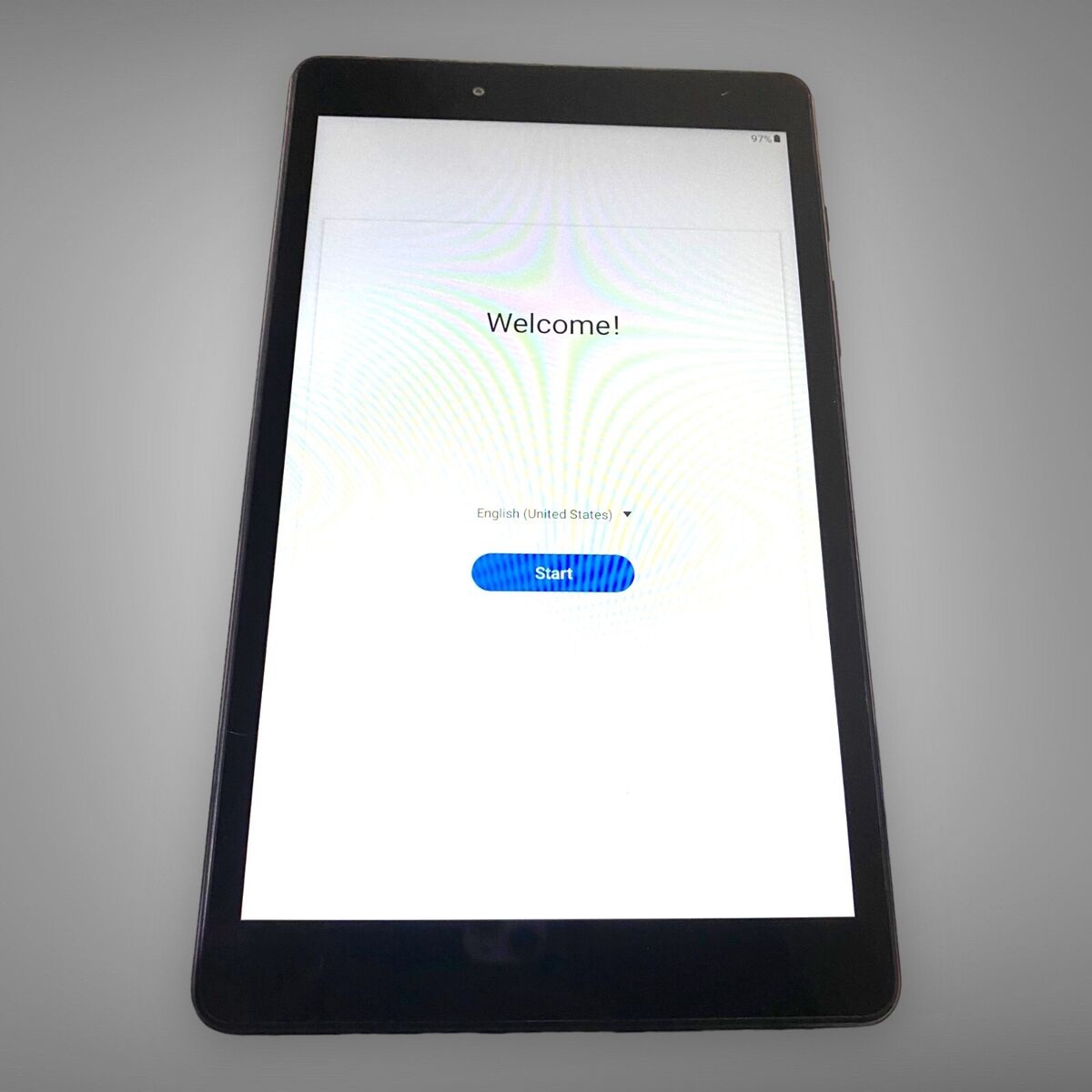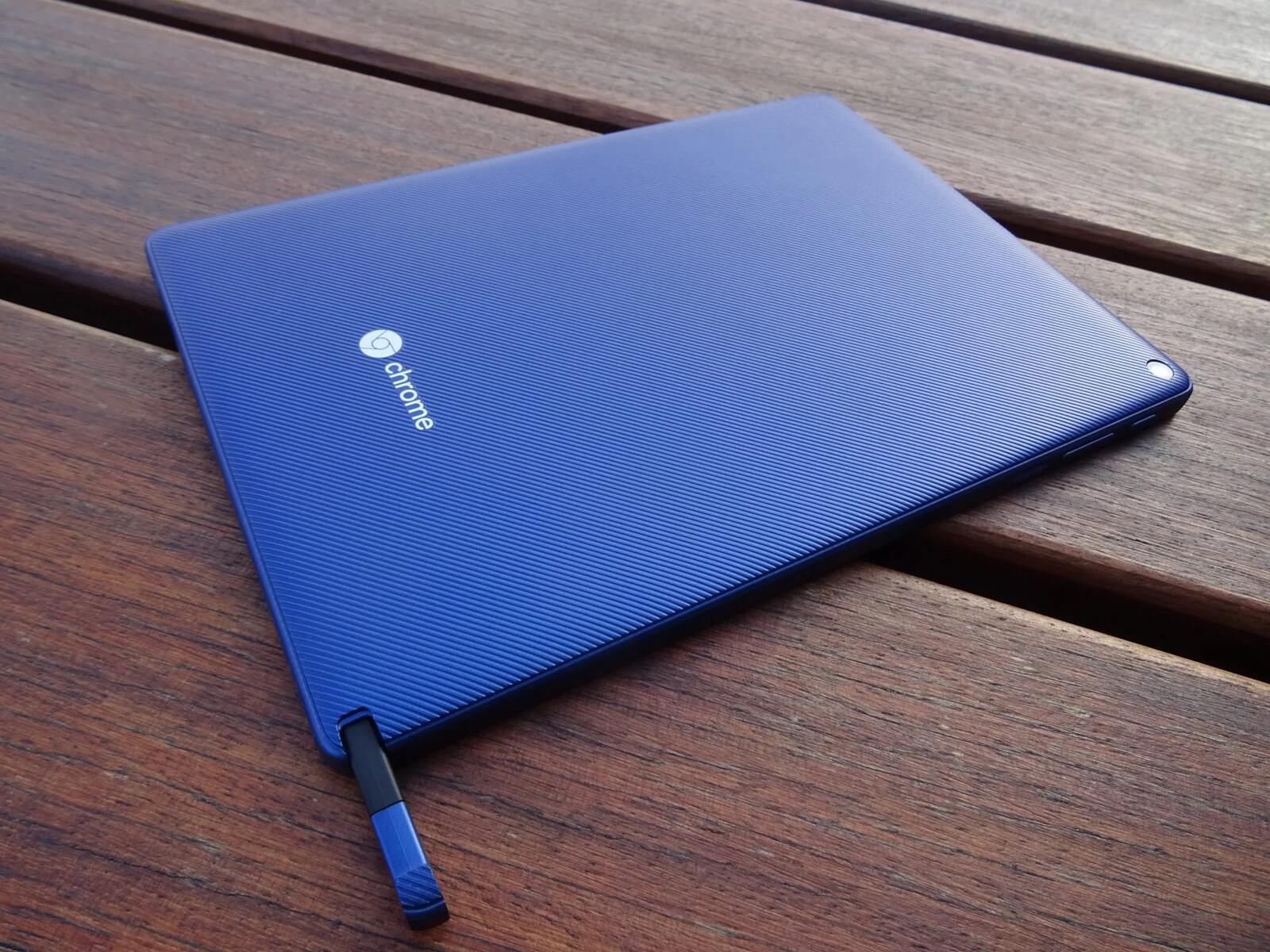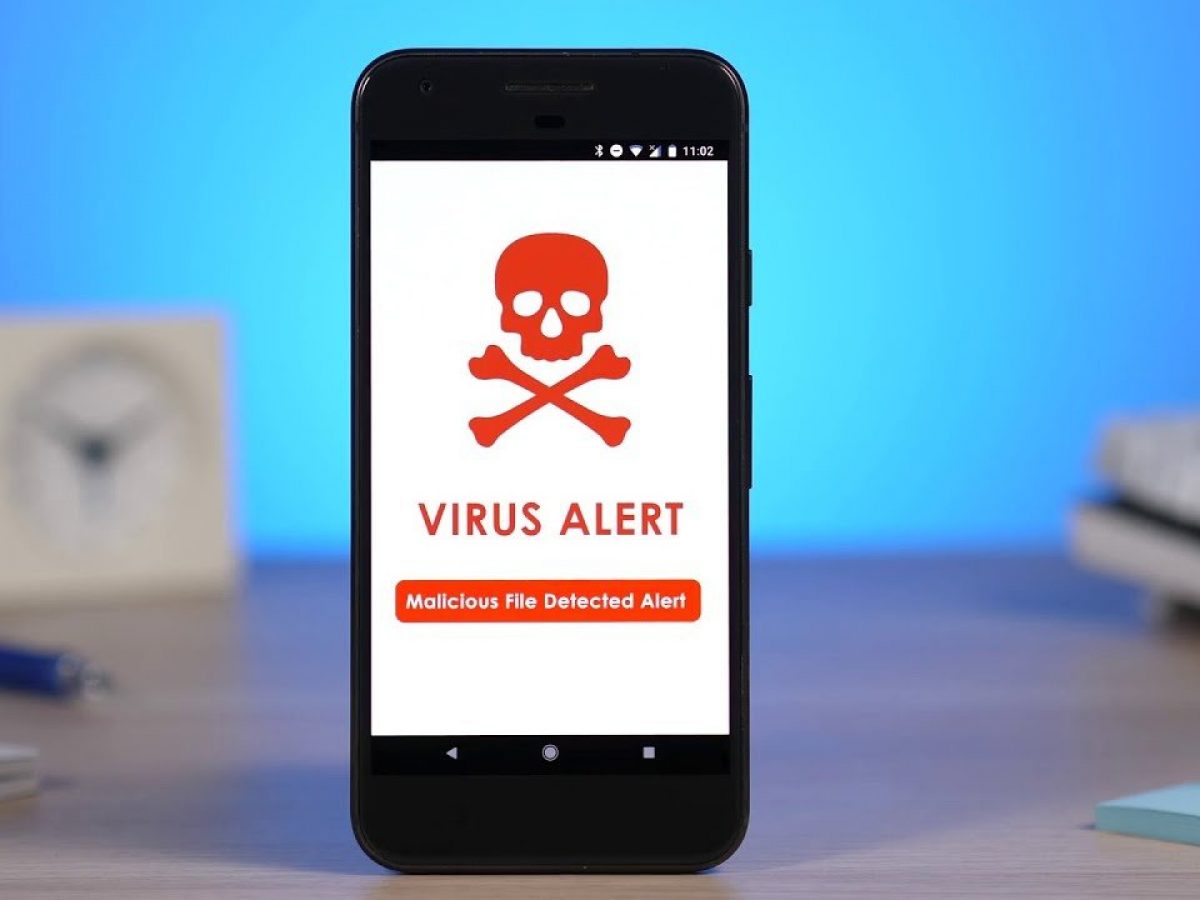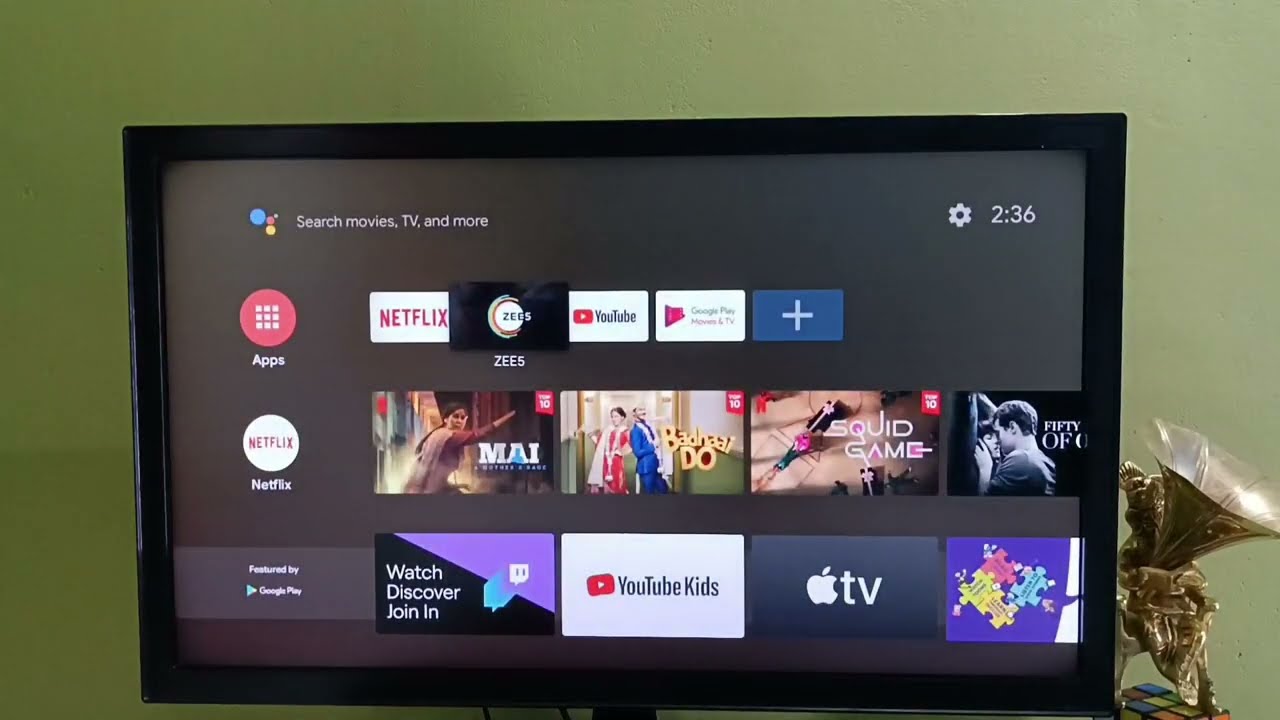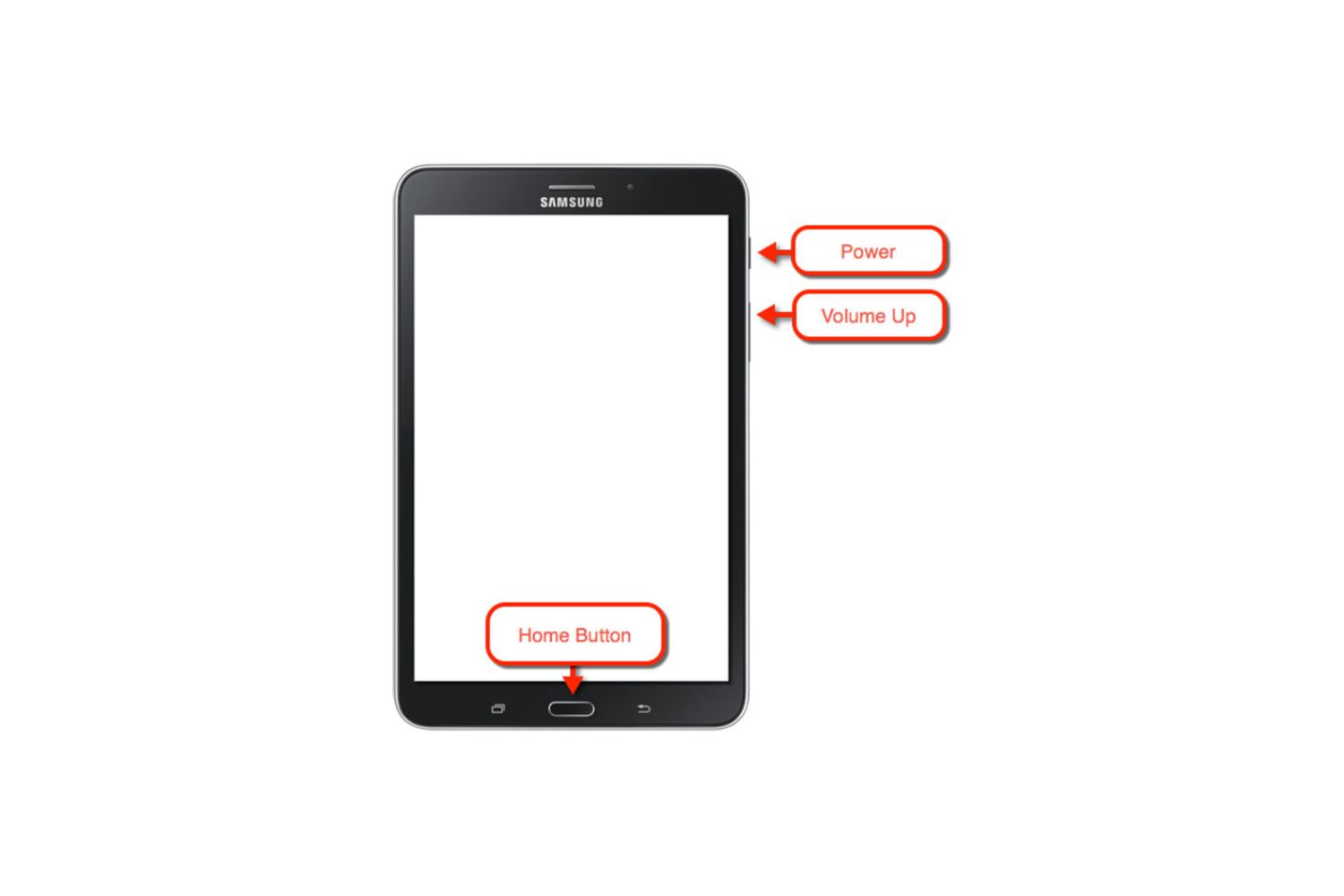Introduction:
Welcome to our guide on how to remove viruses from your Samsung tablet for free. Viruses can be a major concern for tablet owners, as they can slow down performance, compromise data security, and lead to a frustrating user experience. However, with the right knowledge and tools, you can easily combat and eliminate these threats.
As technology advances, so do the techniques used by cybercriminals to infiltrate devices. Viruses can enter your Samsung tablet through various means, such as downloading infected files or apps, visiting malicious websites, or clicking on suspicious links. It’s essential to stay vigilant and proactive in protecting your tablet from these threats.
In this guide, we will walk you through a series of steps to identify and remove viruses from your Samsung tablet. We will also provide tips on how to prevent future infections. Please note that these steps are specifically designed for Samsung tablets running on the Android operating system. If you are using a different device or operating system, some steps may vary.
It’s important to remember that prevention is better than cure when it comes to viruses. Regularly updating your tablet’s software, using a reliable antivirus application, and being cautious while downloading files or browsing the internet can significantly reduce the risk of virus infections. However, if you suspect that your tablet is already infected, follow the steps outlined in this guide to restore its performance and security.
Now, let’s dive into the details of how to identify and remove viruses from your Samsung tablet, so you can enjoy a safe and hassle-free digital experience.
Step 1: Identify the Symptoms of a Virus on Your Samsung Tablet
Before you can effectively remove a virus from your Samsung tablet, it’s crucial to recognize the signs of infection. Here are some common symptoms that indicate your tablet may be compromised:
- Sudden decrease in performance: If your tablet starts to lag, freeze, or crash frequently, it could be a sign of a virus. Malicious software often consumes system resources, causing slowdowns in performance.
- Unusual battery drains: If your tablet’s battery is depleting at a faster rate than usual, it might be due to a virus running in the background. Viruses can be resource-intensive and lead to increased power consumption.
- Unexplained data usage: If you notice a significant increase in your data usage without a valid reason, it could be an indication of a virus. Malware often accesses the internet without your knowledge, consuming data in the process.
- Pop-up ads and redirects: If you encounter frequent pop-up ads or your browser redirects you to unfamiliar websites, it is likely that your tablet has been infected. These are common tactics used by malware to generate revenue and gather sensitive information.
- App crashes or new installations: If your tablet experiences frequent app crashes or if you notice unfamiliar apps that you didn’t download, it’s possible that a virus has gained access to your device. Viruses can install and run unwanted applications without your permission.
If you observe one or more of these symptoms on your Samsung tablet, it’s essential to take immediate action to remove the virus and protect your data. In the next step, we will cover how to run an antivirus scan to detect and eliminate malware effectively.
Step 2: Run an Anti-Virus Scan
Once you have identified the symptoms of a virus on your Samsung tablet, the next step is to run a thorough antivirus scan to detect and remove any malicious software. Here’s how you can do it:
- Choose a reliable antivirus application: Visit the Google Play Store on your Samsung tablet and search for reputable antivirus apps like Avast, AVG, or Bitdefender. Choose one that has positive reviews and a high detection rate.
- Download and install the antivirus app: Once you have selected an antivirus app, follow the on-screen instructions to download and install it on your tablet. Make sure to grant the necessary permissions for the app to function effectively.
- Open the antivirus app and update the virus definitions: Launch the antivirus app and ensure that it is up to date. Most antivirus apps regularly release updates to their virus definitions to combat the latest threats. Tap on the update button within the app to fetch the latest updates.
- Initiate a full system scan: Once the virus definitions are up to date, navigate to the scan section of the antivirus app and choose the option for a full system scan. This comprehensive scan will thoroughly examine your tablet’s files, applications, and system folders for any signs of malware.
- Wait for the scan to complete: Depending on the size and complexity of your tablet’s data, the scanning process may take a while. It’s important to remain patient and avoid interrupting the scan. You can utilize this time to ensure your tablet is connected to a stable Wi-Fi network or charging if necessary.
- Review the scan results: Once the scan is complete, the antivirus app will display the results. If any malware or suspicious files are detected, the app will prompt you to take appropriate actions for removal. Follow the on-screen instructions to remove the identified threats.
Running an antivirus scan is an effective way to detect and eliminate viruses from your Samsung tablet. However, keep in mind that no antivirus software is 100% foolproof. It’s advisable to regularly update your antivirus app and perform scans periodically to ensure ongoing protection against new threats.
Now that you have successfully scanned your tablet for viruses, it’s time to move on to the next step: removing suspicious apps from your device.
Step 3: Remove Suspicious Apps
After running an antivirus scan and removing any detected malware from your Samsung tablet, it’s essential to check for any suspicious or unfamiliar apps that may still be present on your device. These apps could potentially be a source of the virus or pose a security risk. Follow these steps to remove suspicious apps:
- Access the app drawer: Tap on the “Apps” icon on your tablet’s home screen to open the app drawer.
- Review installed apps: Browse through the list of installed apps and look for any that you don’t recognize, or that have questionable names, icons, or permissions.
- Uninstall suspicious apps: To remove an app, tap and hold its icon until a menu pops up. Select the option to uninstall or remove the app from your tablet. Alternatively, you can go to the “Settings” menu and navigate to “Apps” or “Application Manager” to view a list of all installed apps and uninstall them from there.
- Confirm app removal: Some apps may request confirmation before uninstalling. Read the prompt carefully and click “OK” or “Uninstall” to proceed with the uninstallation.
- Repeat the process: Continue reviewing the list of installed apps and removing any suspicious ones until you have gone through the entire list.
Removing suspicious apps not only helps to eliminate potential sources of viruses but also improves the overall performance and security of your Samsung tablet. It’s important to be cautious while installing apps and only download from reputable sources such as the Google Play Store. Additionally, regularly check for app updates and read user reviews to ensure the apps you install are safe and reliable.
With suspicious apps removed from your Samsung tablet, it’s time to move on to the next step: clearing cache and data to further optimize your device’s performance.
Step 4: Clear Cache and Data
As you use your Samsung tablet and install various apps, temporary files and data accumulate in the device’s cache. Clearing the cache and data can help improve your tablet’s performance and remove any residual traces of viruses. Follow these steps to clear the cache and data on your Samsung tablet:
- Access the Settings menu: Open the Settings app on your Samsung tablet. You can usually find it in the app drawer or by swiping down from the top and tapping on the gear icon.
- Navigate to the Apps or Application Manager: Scroll down or search for “Apps” or “Application Manager” in the Settings menu and tap on it.
- Find the app you want to clear the cache for: Browse through the list of installed apps and select the one you want to clear the cache for. Alternatively, you can tap on “All Apps” or “Installed Apps” to view a comprehensive list.
- Clear the cache: Once you have chosen the app, you will see the option to clear the cache. Tap on it to initiate the cache clearing process. This will delete any temporary files associated with the app.
- Clear app data (optional): If clearing the cache does not resolve any issues or if you suspect that the app is causing problems, you have the option to clear the app’s data as well. However, note that clearing the data will also delete any saved preferences or login information for that app.
- Repeat the process: Repeat steps 3 to 5 for other apps that you want to clear the cache and data for. It’s recommended to clear the cache periodically for all your apps to maintain optimal device performance.
Clearing the cache and data on your Samsung tablet helps remove unnecessary files and can potentially eliminate any lingering traces of viruses. It’s a good practice to perform this step regularly to free up storage space and keep your tablet running smoothly.
Now that you have cleared the cache and data on your Samsung tablet, it’s time to move on to the next step: updating your device’s software.
Step 5: Update Your Device Software
Keeping your Samsung tablet’s software up to date is crucial for optimal performance and security. Software updates often include patches and bug fixes that can address vulnerabilities and protect your device from viruses and other security threats. Follow these steps to update your device’s software:
- Access the Settings menu: Open the Settings app on your Samsung tablet by tapping on the gear icon in the app drawer or by swiping down from the top and tapping on the gear icon in the quick settings menu.
- Scroll down and tap on “Software Update”: Locate and tap on the “Software Update” option in the Settings menu. On some Samsung tablets, you may find this option under “About Device” or “About tablet”.
- Check for updates: Once you are in the “Software Update” section, tap on the “Check for updates” button. Your tablet will connect to the server and check if any updates are available.
- Download and install updates: If updates are available, follow the on-screen instructions to download and install them. Make sure your tablet is connected to a stable Wi-Fi network and has sufficient battery life to complete the update process.
- Restart your tablet: After the update is installed, your tablet may prompt you to restart it. Restarting helps ensure that the update is applied correctly and that your tablet runs smoothly with the latest software version.
Regularly updating your Samsung tablet’s software is crucial for maintaining its security and keeping it protected against new vulnerabilities and viruses. It’s recommended to enable automatic updates if available, so your tablet can receive the latest updates automatically without manual intervention.
With your Samsung tablet’s software updated, you’re now ready to move on to the next step: resetting your tablet to its factory settings if necessary.
Step 6: Reset Your Tablet to Factory Settings
If you have followed the previous steps and are still experiencing issues or suspect that there may be persistent viruses on your Samsung tablet, resetting it to factory settings can provide a fresh start. However, please note that performing a factory reset will delete all data and settings on your tablet, so it’s essential to back up any important files beforehand. Here’s how you can reset your Samsung tablet to its factory settings:
- Backup your data: Before proceeding with a factory reset, it’s crucial to back up any important data. You can do this by connecting your tablet to a computer and transferring files or by using cloud storage services.
- Access the Settings menu: Open the Settings app on your Samsung tablet and navigate to the “General management” or “System” section. The exact location may vary depending on your tablet model and Android version.
- Tap on “Reset” or “Reset options”: Look for options related to resetting your tablet and tap on them. You may see options like “Factory data reset,” “Reset all settings,” or “Reset device.”
- Confirm the reset: The next screen will provide a warning about the consequences of a factory reset. Read the information carefully, and if you’re ready to proceed, tap on “Reset” or “Erase all data.”
- Authenticate and proceed: Depending on your tablet’s security settings, you may be asked to enter your PIN, pattern, or password before the reset process can begin. Authenticate using the correct credentials and confirm your selection.
- Wait for the reset to complete: Your tablet will now start the reset process, which may take several minutes. Make sure your tablet is connected to a power source to avoid any interruptions during the reset.
- Set up your tablet: Once the reset is complete, your tablet will restart and prompt you to go through the initial setup process. Follow the on-screen instructions to configure your tablet and restore any backed-up data.
A factory reset restores your Samsung tablet to its original state, effectively removing any viruses or software-related issues. However, it’s important to note that this action is irreversible, so be sure to back up your data and consider this step only if necessary.
With your Samsung tablet reset to factory settings, you have taken significant measures to eliminate viruses and ensure a fresh and secure start. The next and final step is to implement preventive measures to avoid future virus infections.
Step 7: Prevent Future Virus Infections
Now that you have successfully removed viruses from your Samsung tablet, it’s crucial to implement preventive measures to minimize the risk of future infections. Follow these tips to keep your tablet protected:
- Keep your software up to date: Regularly check for software updates and install them promptly. Updates often include security patches that address vulnerabilities and protect against new threats.
- Install a reputable antivirus app: Install a reliable antivirus app from the Google Play Store and keep it updated. Perform regular scans to detect and remove any potential threats.
- Download apps from trusted sources: Stick to the Google Play Store or other reputable app stores to download apps. Avoid downloading from unknown sources, as they may contain malicious software.
- Read app permissions carefully: Before installing an app, carefully review the permissions it requests. If an app requires unnecessary permissions, consider it a red flag and avoid installing it.
- Be cautious of phishing attempts: Avoid clicking on suspicious links or opening email attachments from unknown sources. Phishing attempts can trick you into divulging sensitive information or downloading malware.
- Enable app verification: In your tablet’s security settings, enable the option to “Verify Apps” or “Scan device for security threats.” This feature helps identify potentially harmful apps.
- Use a secure lock screen: Set up a strong PIN, pattern, password, or biometric authentication (fingerprint or face recognition) to secure your tablet and prevent unauthorized access.
- Regularly back up your data: Create regular backups of your important files and data. This ensures that even if your tablet gets infected, you will have a copy of your valuable information.
- Exercise caution with public Wi-Fi: Avoid transmitting sensitive data or accessing financial accounts when connected to public Wi-Fi networks. These networks can be targets for hackers.
- Educate yourself about online threats: Stay informed about the latest security threats and best practices for maintaining a safe online environment. By being aware, you can better protect yourself from potential risks.
By implementing these preventive measures, you can significantly reduce the risk of future virus infections on your Samsung tablet. Regularly review and update your security practices to stay one step ahead of cyber threats.
Congratulations on successfully removing viruses from your Samsung tablet and taking proactive steps to safeguard your device. By following these guidelines, you can enjoy a secure and seamless tablet experience.
Conclusion
Protecting your Samsung tablet from viruses is essential to ensure optimal performance and prevent data breaches. By following the steps outlined in this guide, you can effectively identify and remove viruses from your tablet, as well as implement preventive measures to minimize the risk of future infections.
In the first step, we discussed how to identify the symptoms of a virus on your Samsung tablet. Being aware of these symptoms allows you to take prompt action to safeguard your device. Next, we covered the importance of running an antivirus scan using reputable apps to detect and eliminate any malware present on your tablet.
In step three, we focused on removing suspicious apps from your device. These apps can potentially serve as sources of viruses or compromise your security. Clearing the cache and data in step four further optimizes your tablet’s performance and eliminates residual traces of viruses.
Updating your tablet’s software in step five is crucial to addressing any vulnerabilities and protecting against new threats. In step six, we discussed the option of resetting your tablet to factory settings as a last resort for persistent virus issues.
Lastly, in step seven, we emphasized the importance of preventive measures to reduce the risk of future virus infections. These measures include keeping your software up to date, using reputable antivirus apps, downloading apps from trusted sources, and practicing caution when interacting with emails, links, and public Wi-Fi networks.
By implementing these steps and staying informed about the latest security practices, you can ensure a safe and reliable experience with your Samsung tablet. Take proactive measures to protect your data, maintain performance, and enjoy peace of mind while using your tablet.
Remember, vigilance is key to maintaining a secure digital environment for yourself and your tablet. Stay proactive, stay informed, and stay protected!









